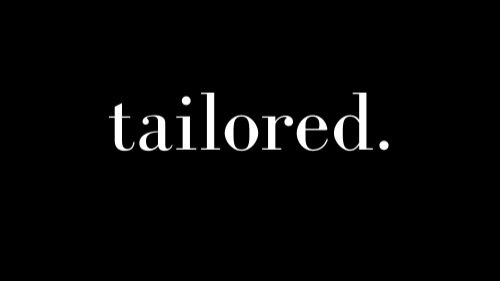The fashion supply chain: a big black hole
Hi there!
For the next few weeks, we are looking at the supply chain – have you ever thought about how your clothes were made, where and by whom? In addition to the *what* they are made of, the how, where and who are all critical pieces to the sustainable and ethical fashion story.
I love the graphic below by @inspiroure – this image simplifies the supply chain in a meaningful way – fibers are grown (or made), spun into yard, woven into fabric, sewn into garments, distributed to brands, sold in retail stores/online, bought by consumers, worn, then discarded.
There are so many places in the supply chain that need work – I won’t list them all today.
At a macro level, the biggest issue with the fashion supply chain is that it is not [easily] traceable. As Maxine Bedat reveals in her must-read book Unraveled, The Life and Death of a Garment, the supply chain is opaque at every level. The farmer doesn’t know where his (74% of American farmers are men) cotton goes to be spun into yarn, most brands don’t know where (or how) their fabric is made, consumers don’t know where (or who) made their clothes (or under what conditions) and most of us prefer not to wonder if our “donated” clothes actually end up being worn by someone else.
So much of bringing awareness to our closets is understanding these big issues. This week, consider the supply chain when you’re getting dressed – we know natural fibers are the more sustainable fiber, but how were they grown, by whom, and where? And then how did those fibers become fabric? How many times have your clothes been around the world before they reached your closet (and what was the environmental impact of that travel?).
I’ll be pondering these questions until next week – and I hope you will too!
Yours in sustainable style,
Kevin xo

